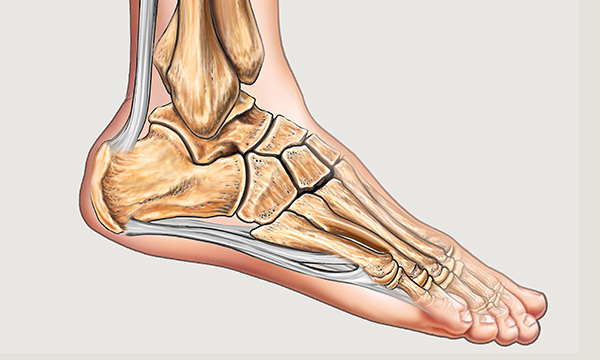Heel pressure ulcers: understanding why they develop and how to prevent them

Resource
Exclusive quality-assured learning resource
Online

Available to RCNi Plus subscribers
Applicable for any nurse with an RCNi subscription
Because of its anatomical location and the fact that it has no muscle or fascia and little subcutaneous tissue, the heel is highly vulnerable to pressure damage and pressure ulcer development. Heel pressure ulcers are often severe and challenging to heal. Heel pressure ulcers are caused by factors such as pressure, shear and friction and the vulnerability of the heel to pressure damage is increased by immobility, the patient’s skin status, the presence of previous pressure ulcers and/or scar tissue, and suboptimal tissue perfusion. The risk is also increased in patients with diabetes mellitus. The role of nurses includes assessing the risk and preventing the development of heel pressure ulcers. This article discusses the causes of, and risk factors for, heel pressure ulcers and describes techniques and devices that nurses can use to prevent them.
Who is this resource for?
This resource is aimed at nurses and nursing support workers across all settings and levels of practice, including students of health, social work and care professions.

 ;
; ;
; ;
;